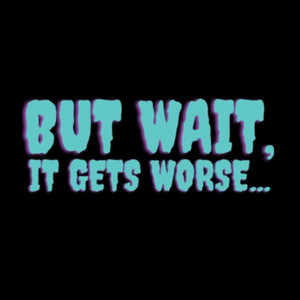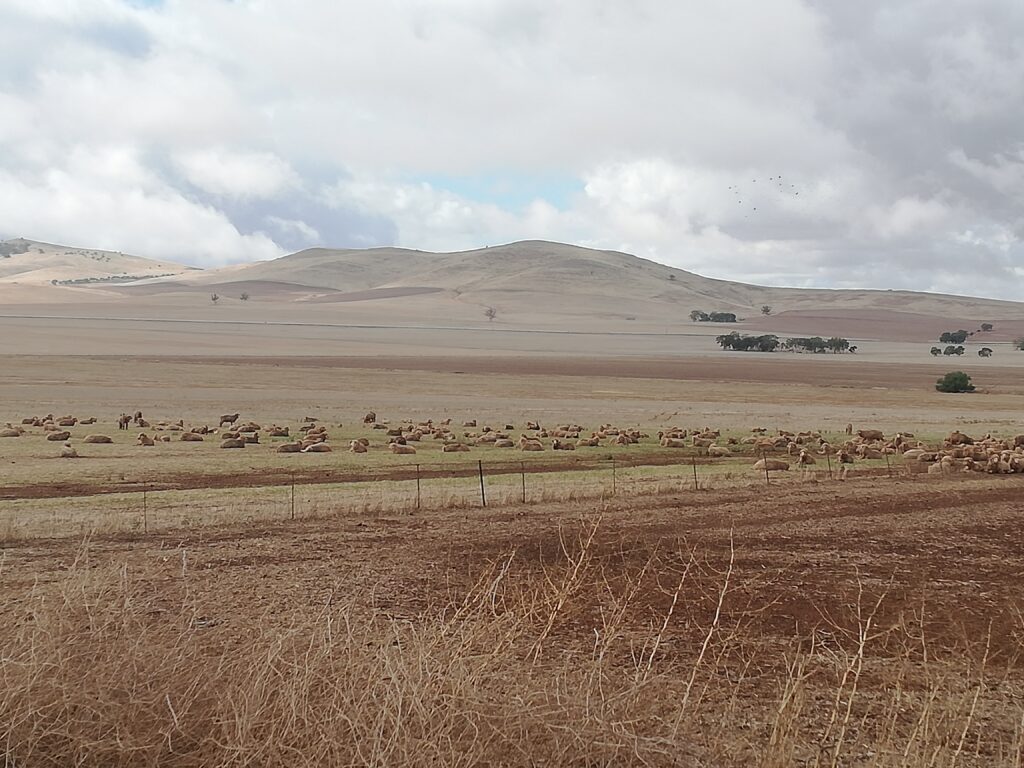The South Australian Commercial Kangaroo Management Plan 2025-2029 is deceptive and misleading.
The South Australian Commercial Kangaroo Management Plan 2025-2029 states: ‘Based on kangaroo population dynamics, quotas set at 15% to 20% are considered sustainable in the long-term (Caughley 1987, Hacker et al. 2004). Sustainable Use Quotas are set at a maximum of 20% of the estimated population size for red kangaroos, 15% for grey kangaroos (eastern and western) and euros, and 10% for Tammar wallabies within each harvest sub-region where each species occurs. A conservative quota is set for the Tammar wallaby as this species is restricted in its distribution compared to the large kangaroo species.’

In 1987, Graeme Caughley, Neil Shepherd and Jeff Short edited a book called Kangaroos: Their Ecology and Management in the Sheep Rangelands of Australia. The book was based on research conducted in New South Wales. The book contained the following statements: ‘A trend line sketched through these points indicates that yield is maximised over a long period by harvesting between 10% and 15% of the population each year. That value is likely to be somewhat lower for Western Grey Kangaroos.’
No, Caughley (1987) didn’t say that quotas set at 15% to 20% are considered sustainable in the long-term. Caughley (1987) recommended quotas between 10% and 15% for Red Kangaroos and quotas somewhat lower for Western Grey Kangaroos. South Australia uses quotas of 17% to 20% for Red Kangaroos and 12% to 15% for Western and Eastern Grey Kangaroos – significantly higher than recommended by Caughley (1987).
The second reference cited in the South Australian Commercial Kangaroo Management Plan 2025-2029, Kangaroo management options IN THE MURRAY DARLING BASIN (Hacker et al. 2004), concluded: ‘The best overall combination was an annual harvest rate of 20% with 70% males.’
The research (Caughley 1987, Hacker et al. 2004) cited in the South Australian Commercial Kangaroo Management Plan 2025-2029 was conducted in New South Wales where Red Kangaroo populations generally exceed 10 kangaroos per square kilometre. Hacker et al. (2004) found that any option resulting in an average long-term density of less than 10 kangaroos per square kilometre should be rejected since in all such cases the minimum density is likely to fall below the critical level. A harvest rate of 20% with a strong male bias (70%) was the best overall combination when kangaroo density was ≥ 10 kangaroos per square kilometre. Commercial harvesting wasn’t recommended when kangaroo numbers were less than 10 kangaroos per square kilometre because kangaroo densities were likely to fall below critical levels.
The South Australian Commercial Kangaroo Management Plan 2025-2029 is deceptive and misleading. Caughley (1987) and Hacker et al. (2004) didn’t conclude that quotas of 15% to 20% were sustainable over the long-term for kangaroo populations in South Australia. In fact, Hacker et al. (2004) concluded that all harvesting should be rejected if average long-term densities were less than 10 kangaroos per square kilometre, which is the case in South Australia. The density of Red Kangaroos and Western Grey Kangaroos in every harvest zone is less than 10 kangaroos per square kilometre.

After deceptively misquoting the science behind kangaroo harvest quotas, the South Australian Commercial Kangaroo Management Plan 2025-2029 explains that a quota for one sub-region can be moved to another sub-region. Therefore, a quota exceeding 15% to 20% could be allocated by moving the quota from one sub-region to another. In addition, the management plan allows for the issuing of High Abundance Quota (HAQ) that may be applied to harvest sub-regions. In other words, the quotas of 15% to 20% can be exceeded at any time.
Hacker et. al (2004) concluded that no harvesting should take place if average long-term densities are less than 10 kangaroos per square kilometre, which is the case in South Australia. The South Australian Commercial Kangaroo Management Plan 2025-2029 misquotes science to mislead the public into believing that quotas of 15% to 20% are sustainable in South Australia. The quoted science actually says the exact opposite – that quotas of 15% to 20% are unsustainable in South Australia due to very-low to low density kangaroo populations. To make matters worse, quotas can be moved from one sub-region to another and High Abundance Quotas can be set to create quotas exceeding 15% to 20%.

Kangaroos should not be harvested in South Australia (Caughley 1987, Hacker et al. 2004). Any harvest is unsustainable (Caughley 1987, Hacker et al. 2004). Quotas of 15% to 20% are unsustainable in South Australia (Caughley 1987, Hacker et al. 2004). The South Australian Commercial Kangaroo Management Plan 2025-2029 is deceptive and misleading to make the public believe that the commercial harvest is sustainable when, in fact, the commercial harvest is detrimental to very-low to low density kangaroo populations.
For more information, please read The Kangaroo Con: The Truth Behind a Cruel, Unsustainable Industry by Robyn Opie Parnell.

